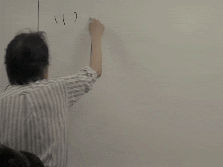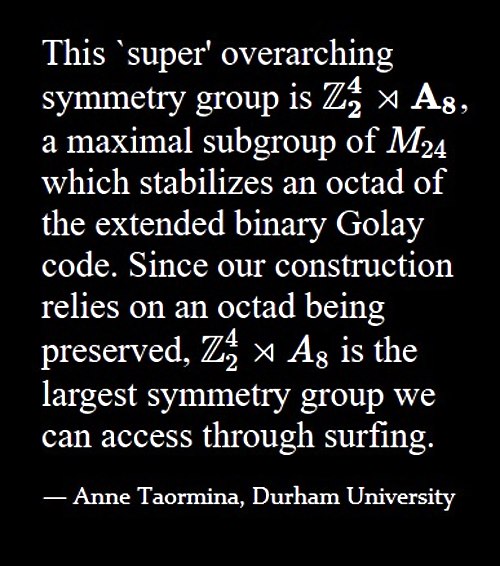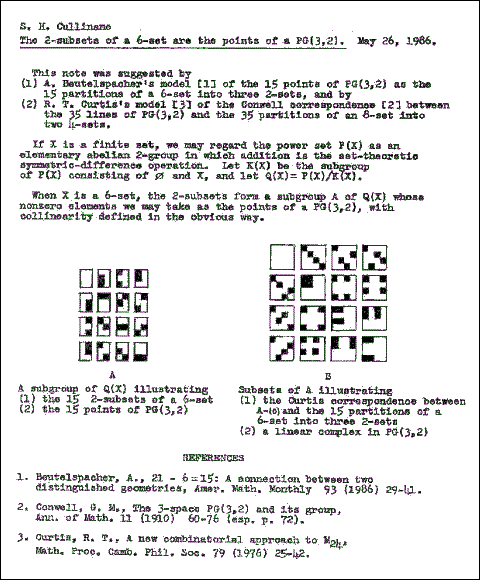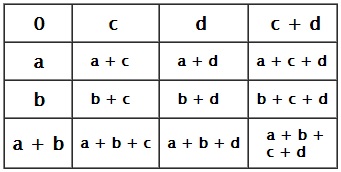The title, which I dislike, is taken from a 2011 publication
of the MAA, also sold by Cambridge University Press.
Some material relevant to the title adjective:
| "For those who have learned something of higher mathematics, nothing could be more natural than to use the word 'beautiful' in connection with it. Mathematical beauty, like the beauty of, say, a late Beethoven quartet, arises from a combination of strangeness and inevitability. Simply defined abstractions disclose hidden quirks and complexities. Seemingly unrelated structures turn out to have mysterious correspondences. Uncanny patterns emerge, and they remain uncanny even after being underwritten by the rigor of logic."— Jim Holt, opening of a book review in the Dec. 5, 2013, issue of The New York Review of Books |
Some relevant links—
- Strangeness and inevitability
- Simply defined abstractions
- Hidden quirks and complexities
- Seemingly unrelated structures
- Mysterious correspondences
- Uncanny patterns
- The rigor of logic
- Beethoven quartet
The above list was updated on Jan. 31, 2014, to include the
"Strangeness" and "Hidden quirks" links. See also a post of
Jan. 31, 2014.
Update of March 9, 2014 —
The link "Simply defined abstractions" is to the construction of the Steiner
system S(5, 8, 24) described by R. T. Curtis in his 1976 paper defining the
Miracle Octad Generator. It should be noted that this construction is due
to Richard J. Turyn, in a 1967 Sylvania research report. (See Emily Jennings's
talk of 1 Nov. 2012.) Compare the Curtis construction, written in 1974,
with the Turyn construction of 1967 as described in Sphere Packings, Lattices
and Groups , by J. H. Conway and N. J. A. Sloane (first published in 1988).
































